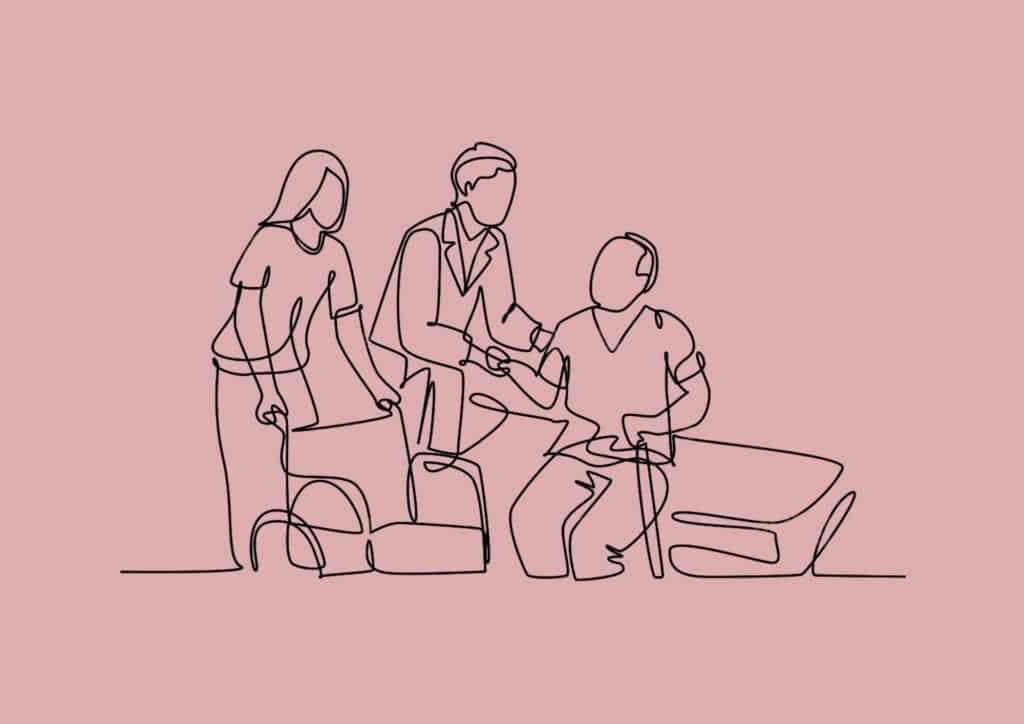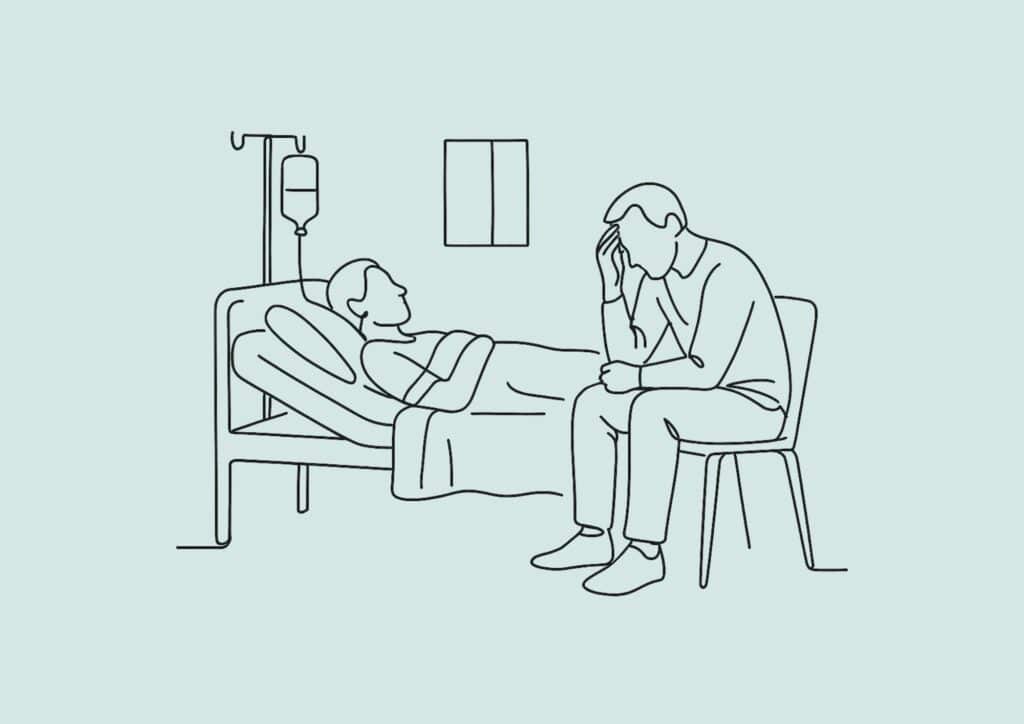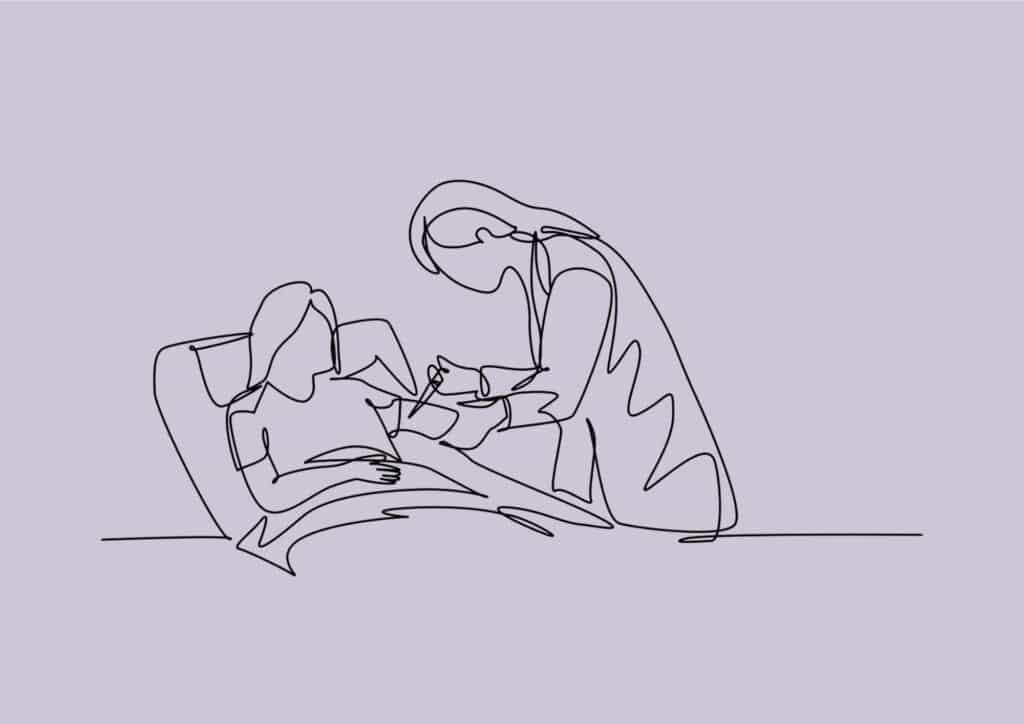At ViaQuest Hospice, one of the most common things we hear from families is, “We wish we had chosen hospice sooner.” This heartfelt reflection reveals a difficult reality: many people wait too long, missing precious time that could have been spent focusing on comfort, dignity, and meaningful moments with loved ones.
So, when is the right time to consider hospice care—and what signs should families look for?
What the Six-Month Guideline Really Means
Hospice care becomes appropriate when a person has a life expectancy of six months or less if their illness follows its natural course, according to the National Hospice and Palliative Care Organization (NHPCO).
Importantly, this doesn’t mean hospice is only for the final days or weeks of life. Starting hospice earlier gives the care team time to manage symptoms effectively, build strong relationships with the patient and family, and provide the emotional, spiritual, and practical support that is so essential during this stage of life.
Key Signs It May Be Time for Hospice Care
Hospice is about quality of life, not just length of life. Consider a conversation with your doctor if you notice these changes:
Medical indicators
- Multiple hospitalizations or ER visits in a short period
- Declining response to curative treatments
- Ongoing weight loss or reduced appetite
- Increased difficulty with daily activities (bathing, dressing, walking)
- Symptoms becoming harder to manage despite treatment
Quality of life changes
- Spending significantly more time resting or sleeping
- Loss of interest in activities once enjoyed
- Difficulty maintaining independence
- Family caregivers feeling exhausted or overwhelmed
For more detailed guidance, you can review this National Institute on Aging resource on hospice care.
How to Start the Hospice Conversation With Your Doctor
Doctors may be focused on curative options and not always initiate a hospice discussion, even when appropriate. If you’re noticing signs that resonate with your family’s situation, you can—and should—bring it up.
Consider asking:
- Would hospice care be appropriate for our situation?
- What would hospice look like for my loved one?
- How will hospice help manage symptoms while supporting our family?
If you’re looking for ways to prepare, you might also explore our Complete Guide to Hospice Care for comprehensive information about what to expect.
Why Choosing Hospice Earlier Matters
Families who begin hospice sooner rather than later often experience these advantages:
- Better symptom control – Hospice care teams are specialists in easing pain, nausea, shortness of breath, and other symptoms.
- Emotional preparation – Time for counseling, family conversations, and legacy-building activities.
- Stronger relationships – Weeks or months of care build trust and understanding with hospice nurses, social workers, and aides.
- Support for caregivers – Education, respite care, and emotional support that reduce burnout and help families be more present.
The Mayo Clinic also emphasizes that hospice is not about giving up—it’s about shifting the focus to quality time.
Hospice Care Isn’t About Giving Up Hope
Choosing hospice does not mean giving up. Instead, it means redefining hope: hope for comfort, hope for dignity, and hope for peaceful, meaningful time together. Families often discover that by shifting away from aggressive treatments, they actually gain more time for what matters most.
Hospice Care in Ohio, Indiana, and Pennsylvania
At ViaQuest Hospice, we provide compassionate care to families across Ohio, Indiana, and Pennsylvania. Whether your loved one spends days, weeks, or months with us, our mission is the same: to deliver comfort, dignity, and peace while supporting families every step of the way.
If you’d like to understand how hospice could support your family, call us at 855.289.1722 to speak with a hospice specialist today. You can also download our Complete Guide to Hospice Care for free to learn more about services, benefits, and how to get started.
Remember: many families tell us they wish they had called sooner. We are here to listen, answer your questions, and help you make the best decision for your loved one.






